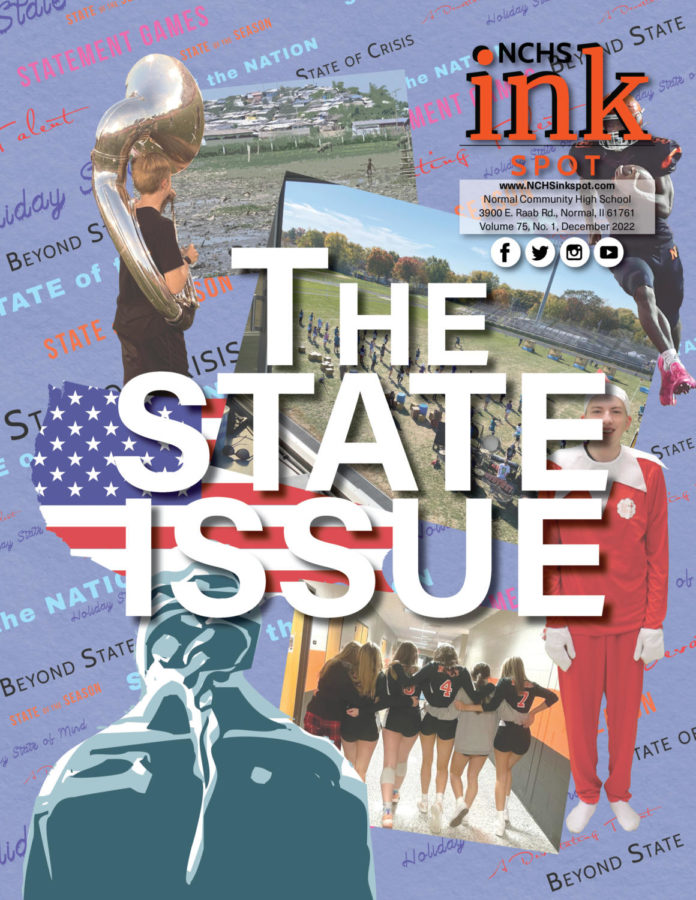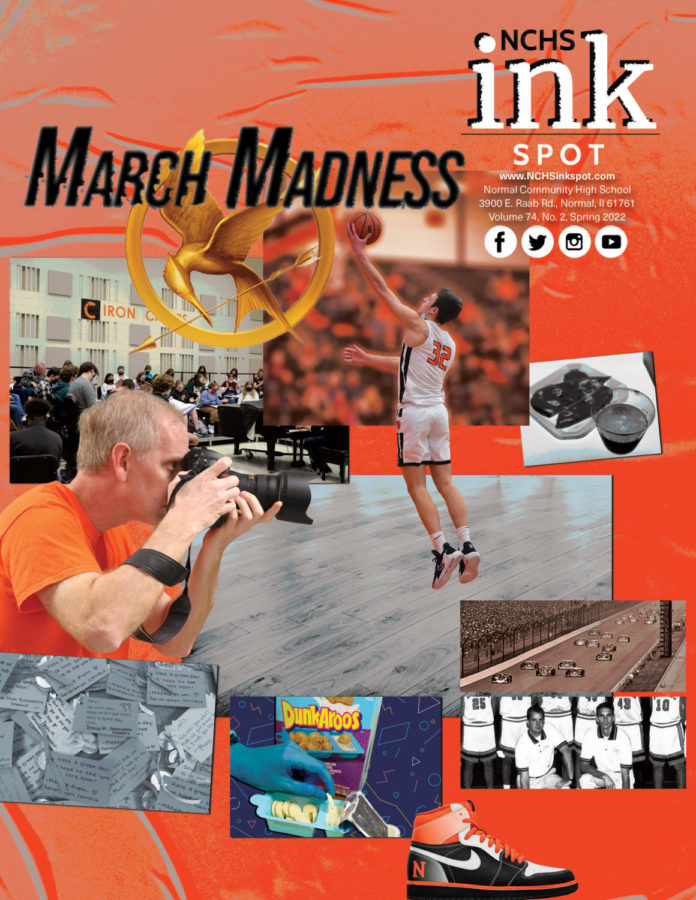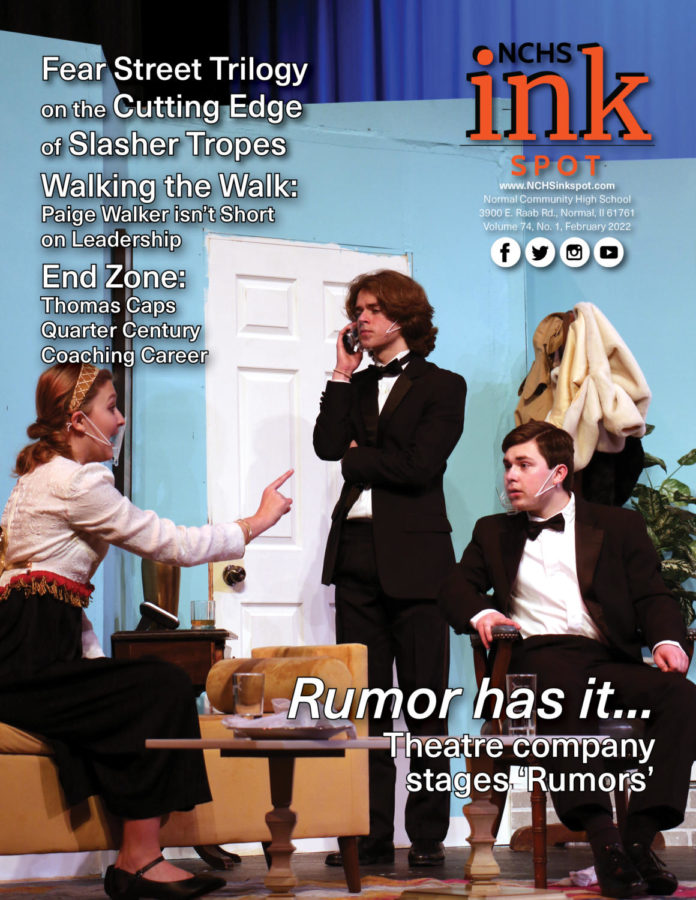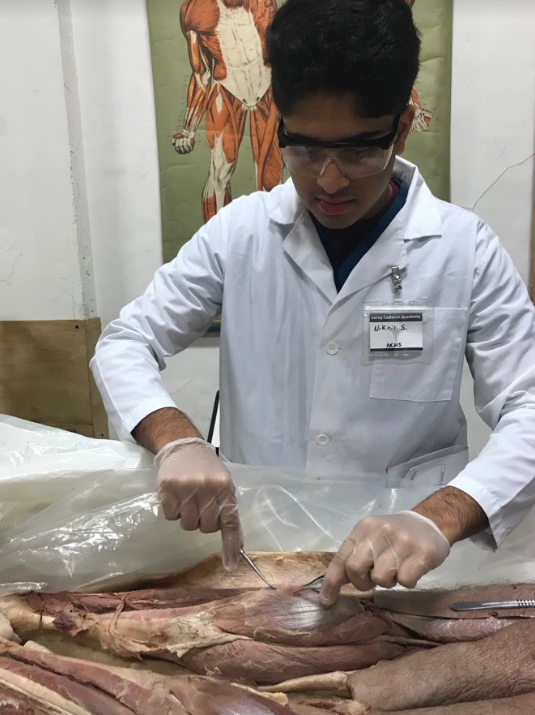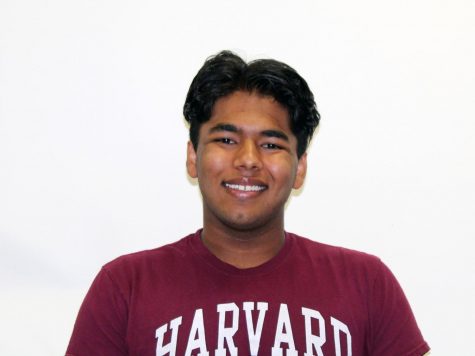35 bodies crowd into the back room of a LeRoy law office for their weekly Saturday morning meeting. Holding sharpened knives and bone saws, each person has a wide grin, eager to splatter their shiny new tools with blood and cartilage.
Only 32 will leave the room alive. Well, technically, only 32 entered alive.
Rather than reacting with shock or alarm, the six NCHS students among the group get to work: slipping on gloves and preparing to make incisions.
The seniors are members of the 2019-20 Cadaver Academy, a unique opportunity for high school students to get first-hand experience dissecting human cadavers – something that is usually reserved for medical school students. Run by the McLean County Medical Association in conjunction with LeRoy Public Schools, the Cadaver Lab operates twice a week from January to April.
On paper, the lab sounds a little bizarre at first. Why are high schoolers slicing open cadavers? But for students that want to go into the medical field, it doesn’t sound weird, it sounds awesome.
“I thought that the cadaver lab presented one of the best opportunities in the nation,” Nikhil Samayam (‘20) said, “for students like myself [to] really know if they’re meant for the medical field.”
The first day of the Cadaver Lab is a trial by fire where“the students start cutting right away,” Mr. Nick Sutherland, the NCHS Cadaver Lab liaison, said. On day one, they start by skinning the body “with direct instruction from medical professionals.”
The program draws roughly 25 other students from area high schools in addition to Community’s six. The participants are grouped ten to a cadaver and work in smaller groups to dissect individual portions of the body.
The students make each cut independently before teaching their peers how to make the incisions that they just completed, reinforcing the knowledge they’ve acquired by forcing them to put it in words.
Though the participants perform all the work themselves, they are in good hands while developing surgical skills and an understanding of anatomical procedure.
Each session begins with direct instruction led by a retired anatomist from the University of Illinois Medical School that has 35 years of experience, according to Sutherland. Through their work on the cadavers, students develop an understanding of body systems and processes.
To gauge students’ knowledge, “there are three lab practicals [during the course], so kids are tested on their knowledge of what the structures are,” according to Sutherland, who added that “a lot of kids take it really seriously since they’re about pride and challeng[ing] yourself.”
Wednesdays are primarily dissection days, but Saturday sessions offer further unique opportunities. Practicing doctors in various medical specialties visit the lab, lecturing about their experiences and answering student questions. Students learn about the day to day experience of doctors, as well as getting insight into topics that only professionals in the field could offer.
A recent session featured podiatrist Dr. Mark Leonard, who “taught us how to do medical grade sutures and we did them on chicken legs,” Samayam said.
In weeks to come, participants will deconstruct the cadavers further, learning even more about the physiology of the human body. Samayam is particularly eager to “examine cadaver number one, which suffered from lung cancer. As a prospective oncologist, [Samayam] really wants to see how cancer spreads throughout the body.”
Shariq Zaman (‘20), is “looking forward to opening up the knee to look at the ACL, MCL, and all those parts of the knee which are so intricate.”
Though there is a steep learning curve with the Cadaver Lab, the students that are selected for the lab are in the “top 5% of the class,” Sutherland said, noting that they are not often challenged. He added that ”it’s fun to watch them struggle and [then] eventually have that lightbulb moment.” While initially, Zaman was a little bit nervous about the program, he finds the environment of the program to be extremely conducive to picking up new skills and learning new things.
Placing students in a situation where they can experience critical parts of medical school, the Cadaver Academy allows participants to look into their futures as they peer into the human body.


![Community honors longtime coach Mr. Bryan Thomas before Oct. 3 game [photo gallery]](https://nchsinkspot.com/wp-content/uploads/2025/10/Thomas-6-1200x1200.jpg)
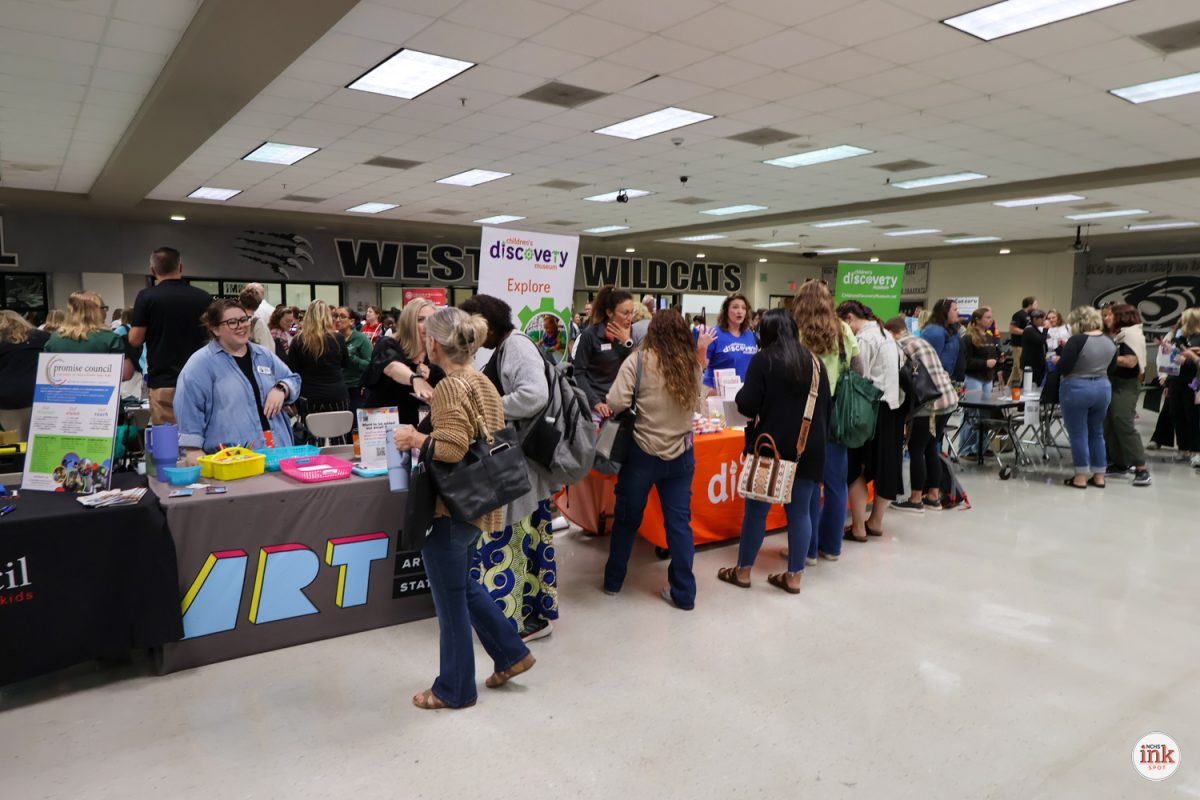
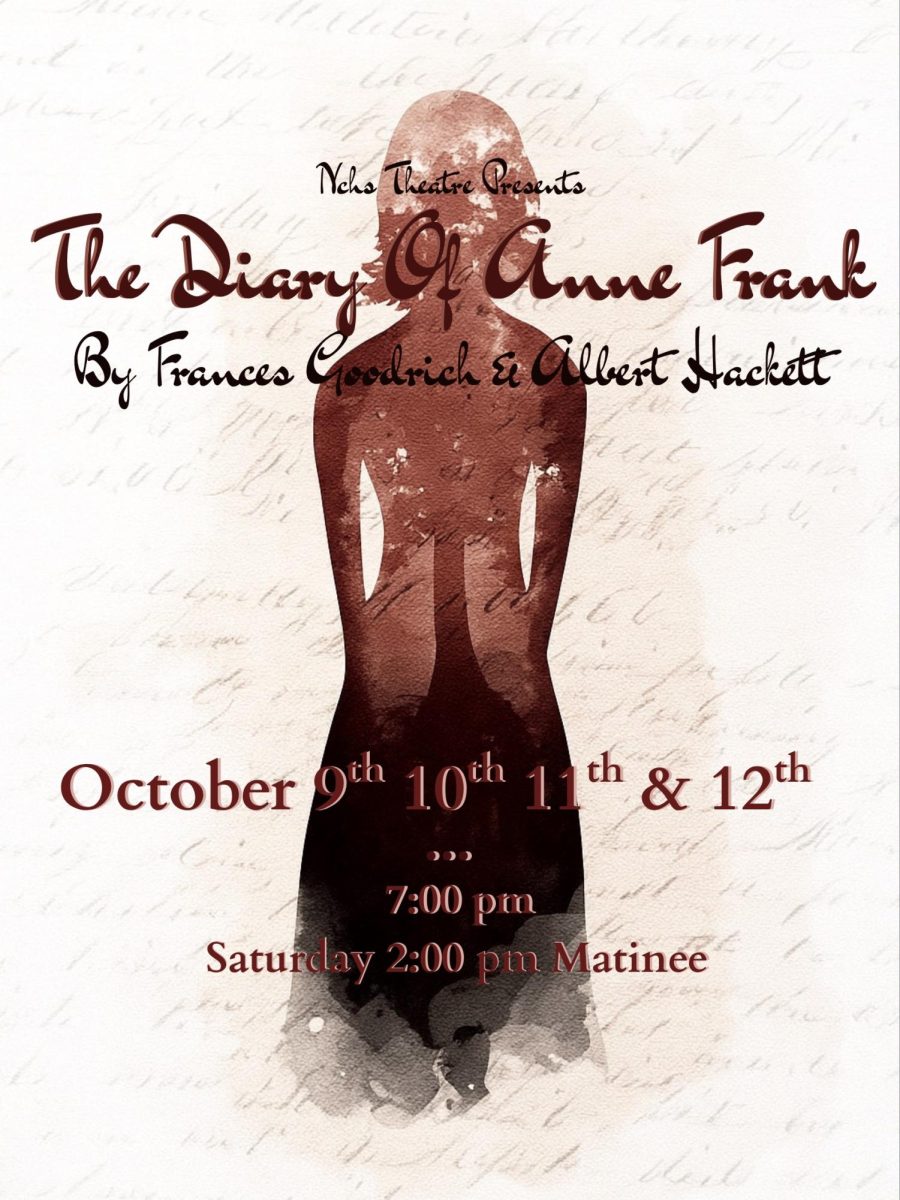
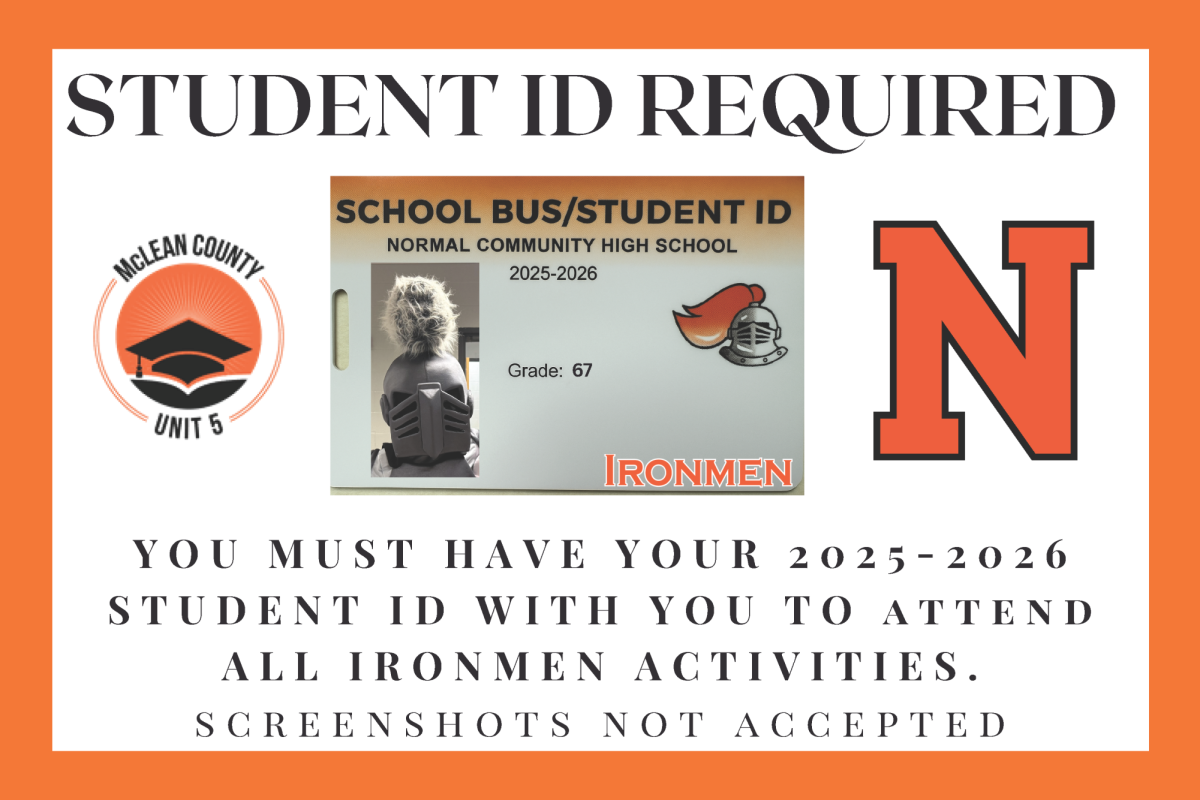
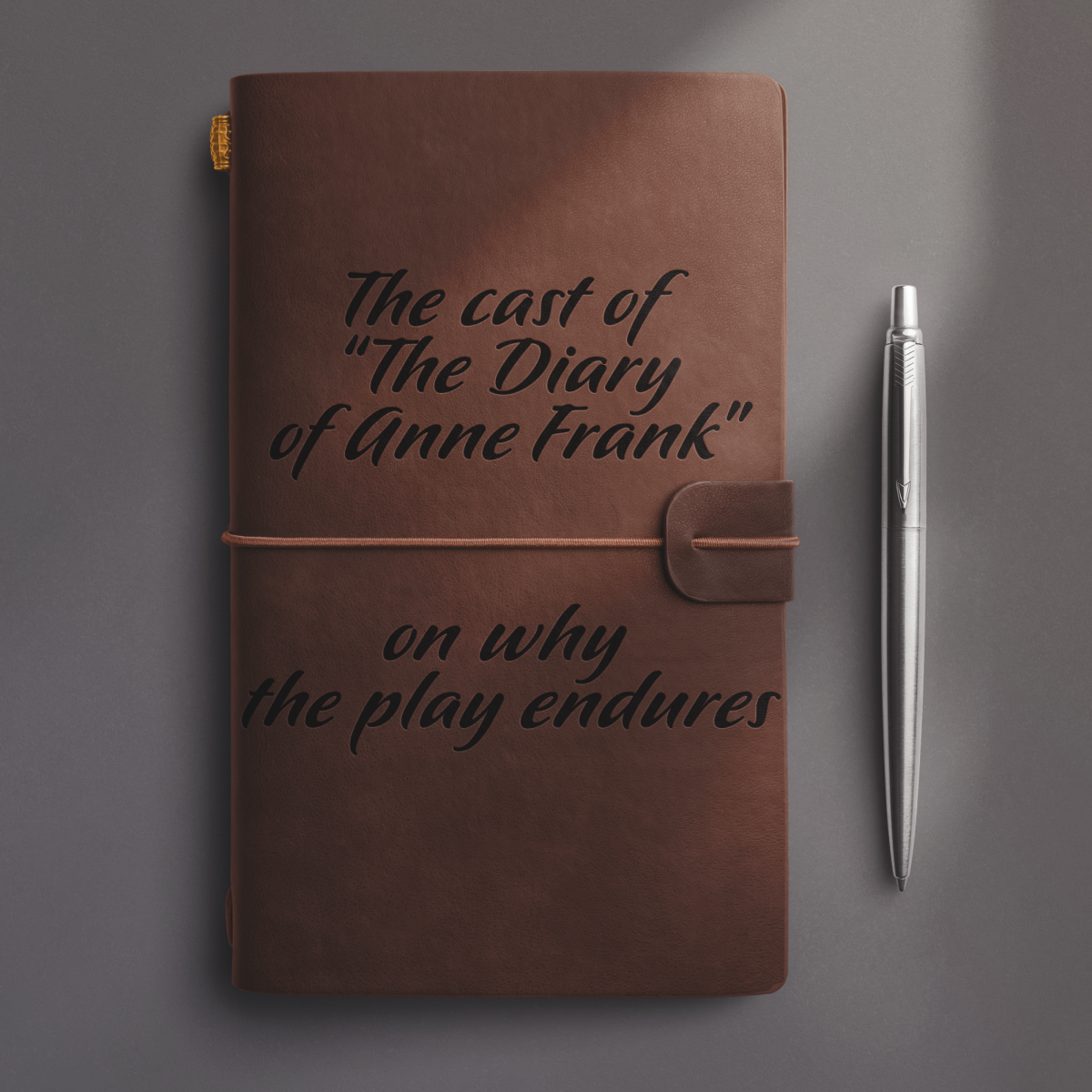



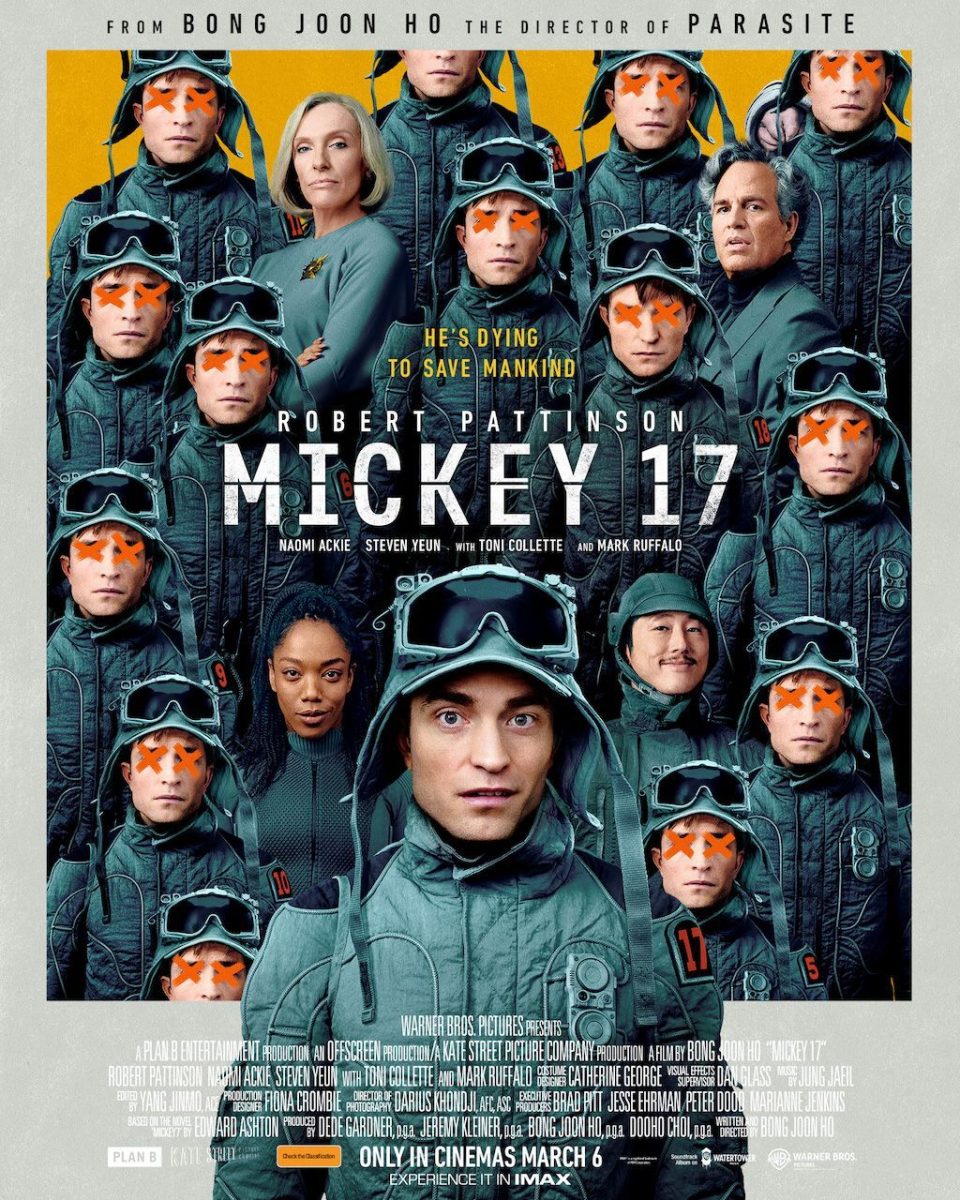


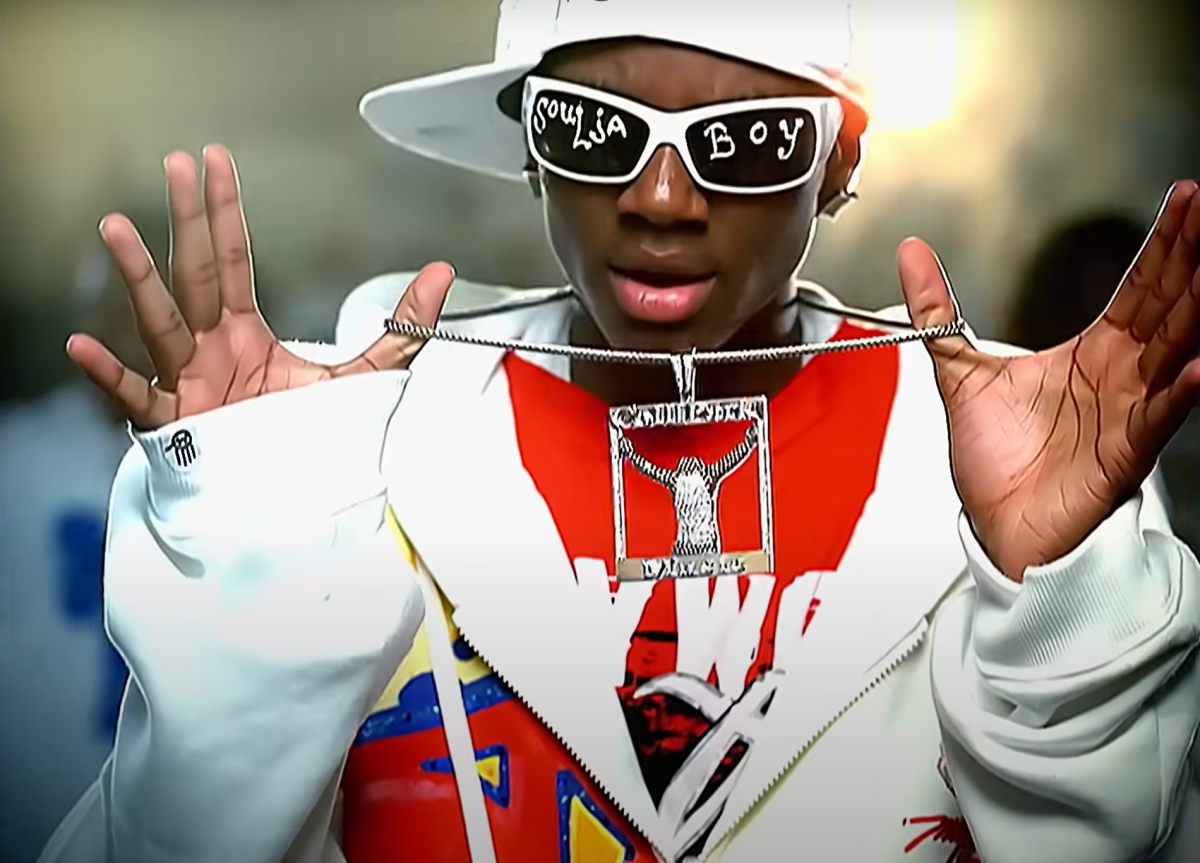
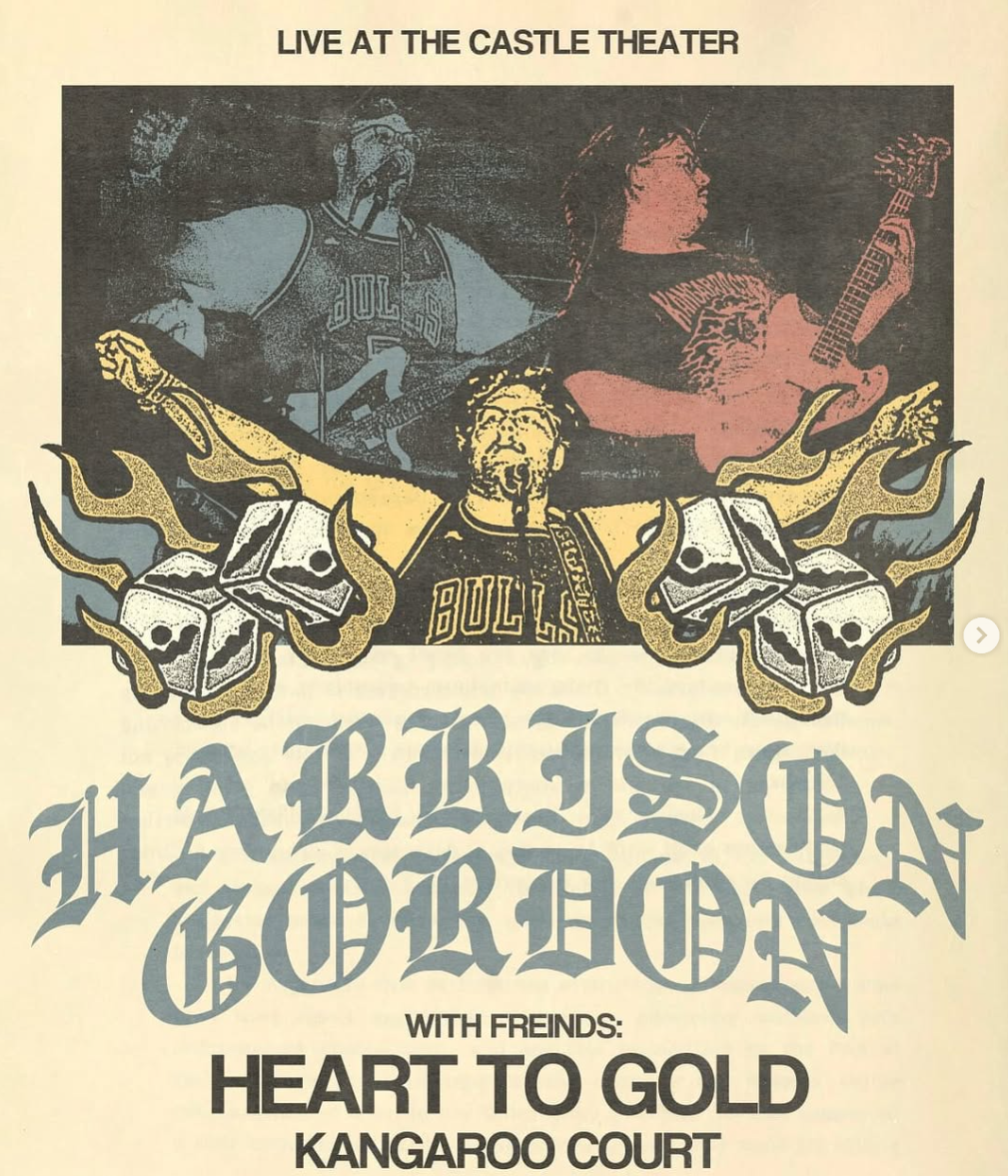
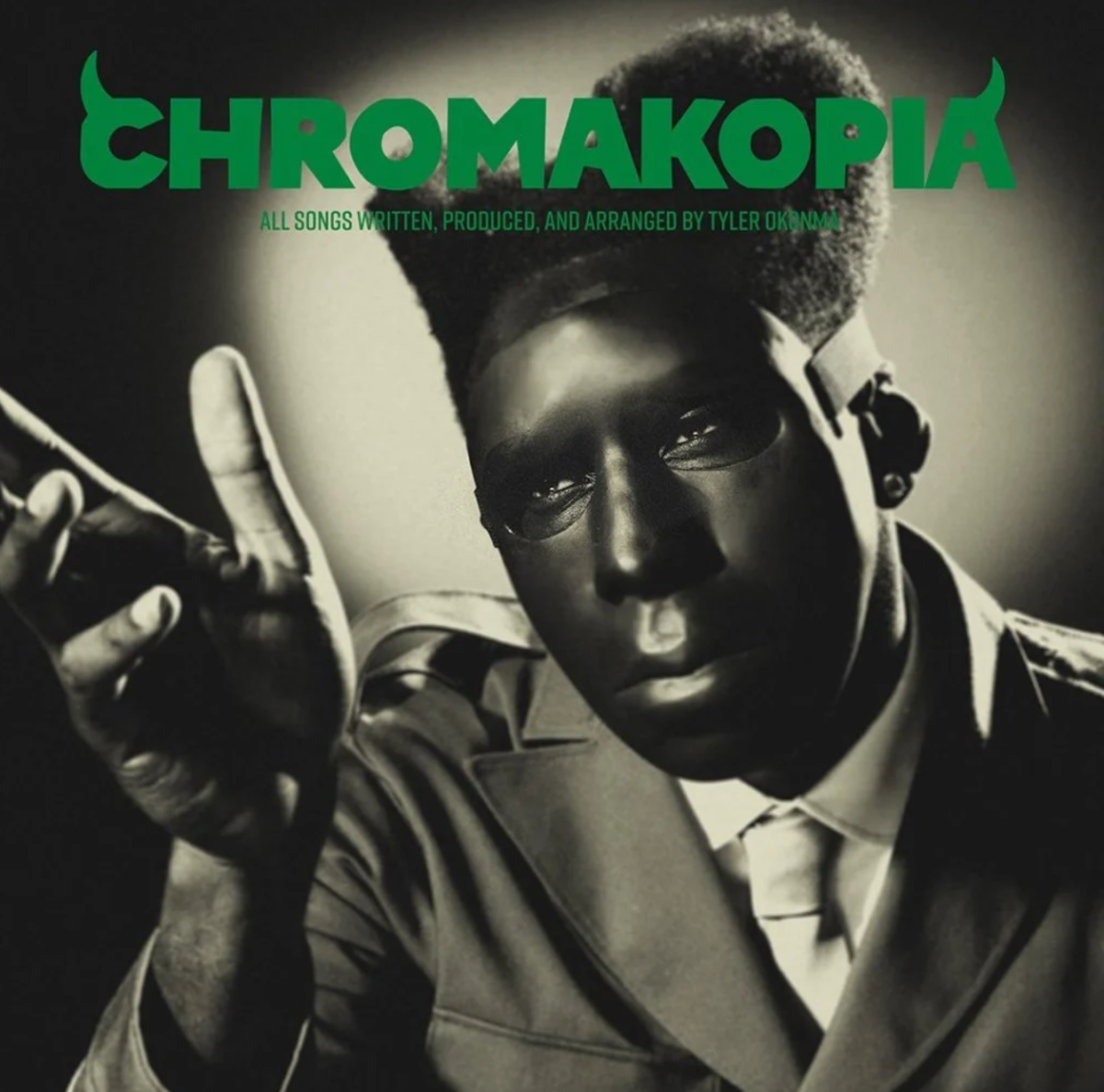
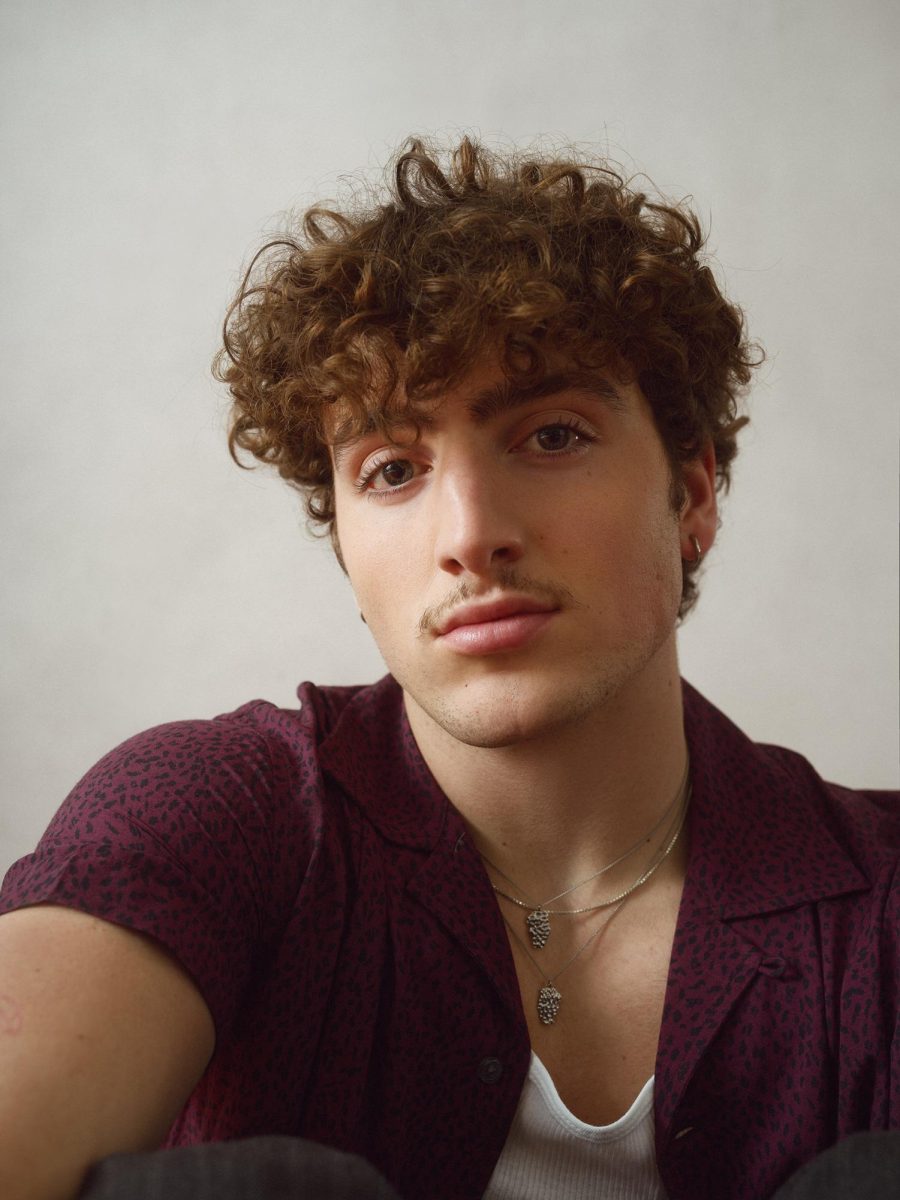





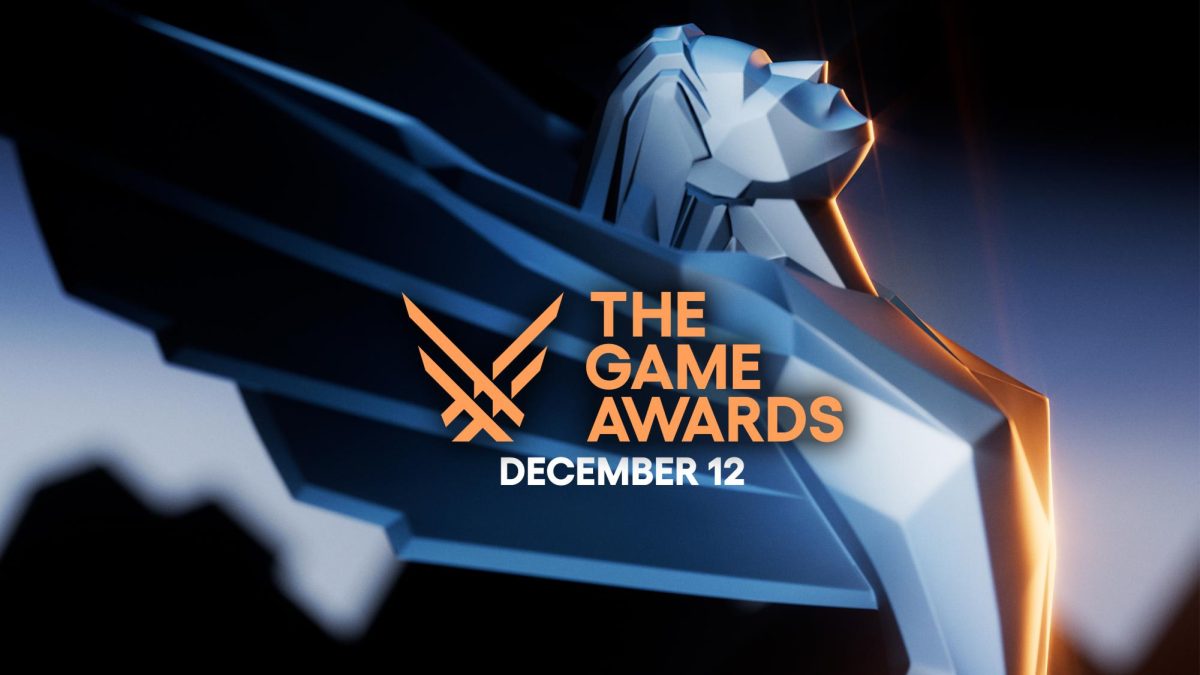

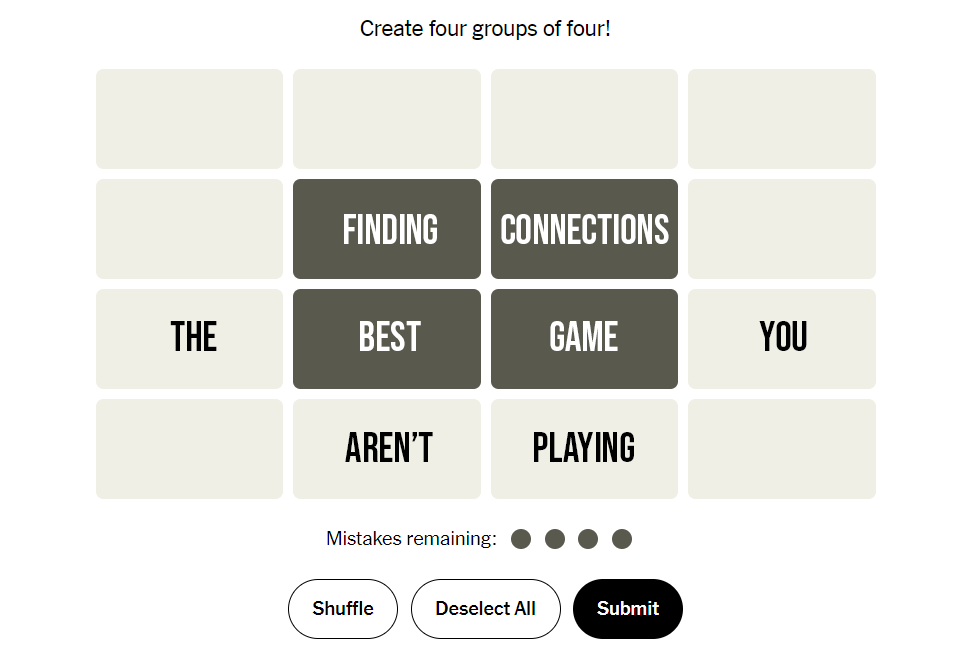


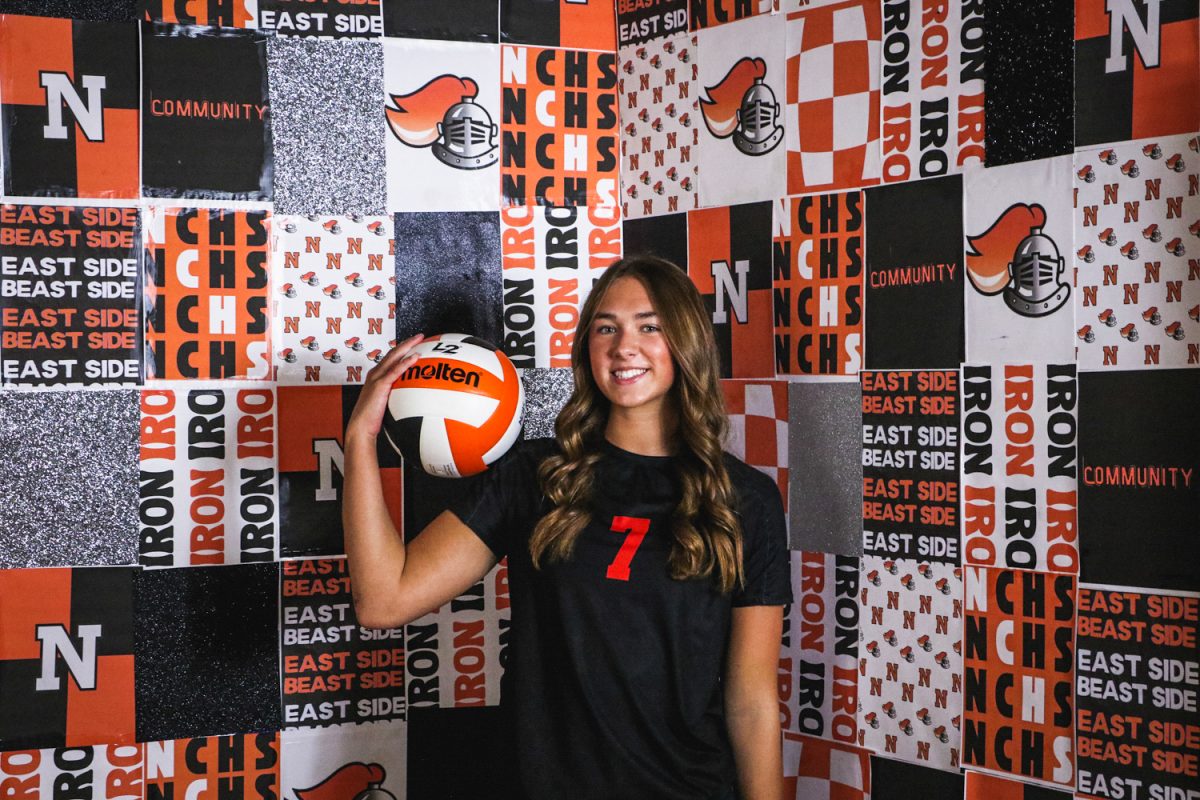

![Week 7: Coach Drengwitz recaps the Ironmen’s win over Bloomington, talks Danville [video]](https://nchsinkspot.com/wp-content/uploads/2025/10/Vikings-feature-Image-1200x675.png)
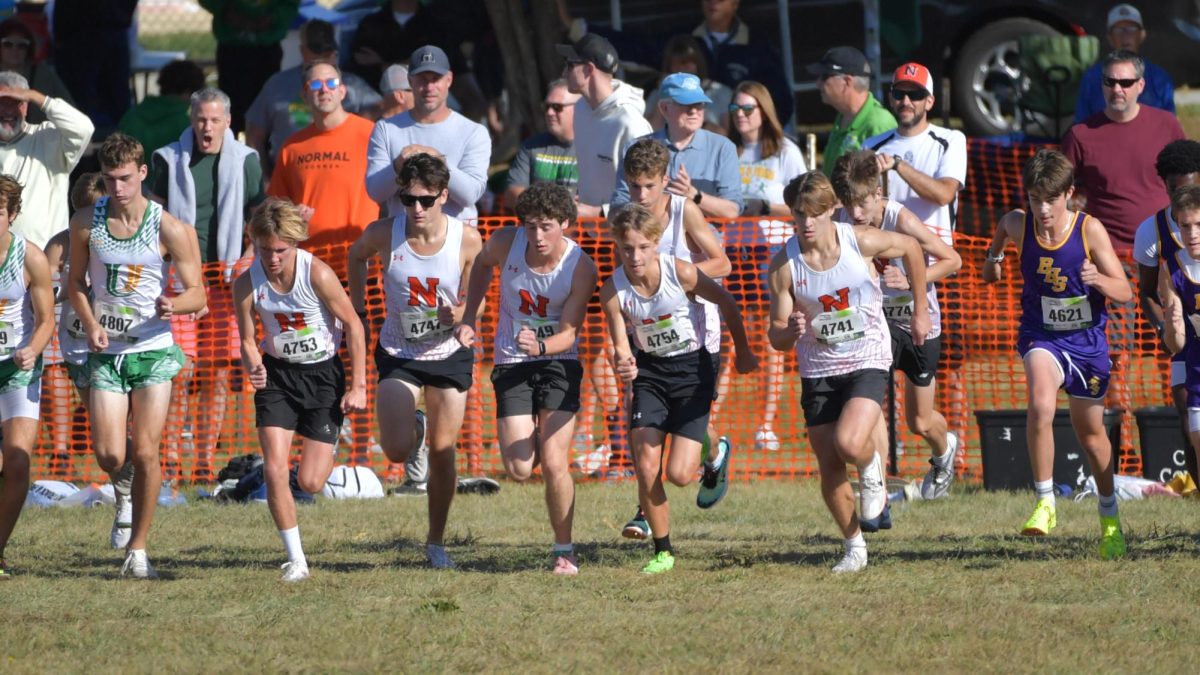

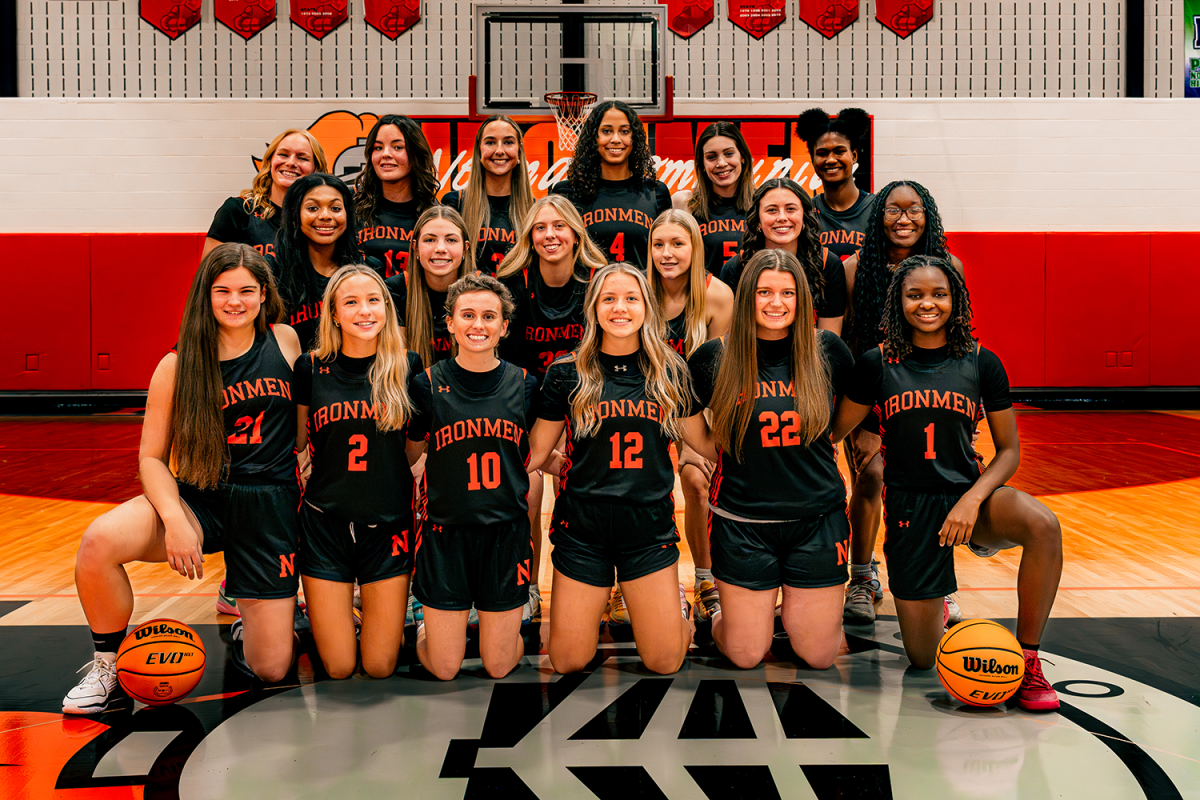
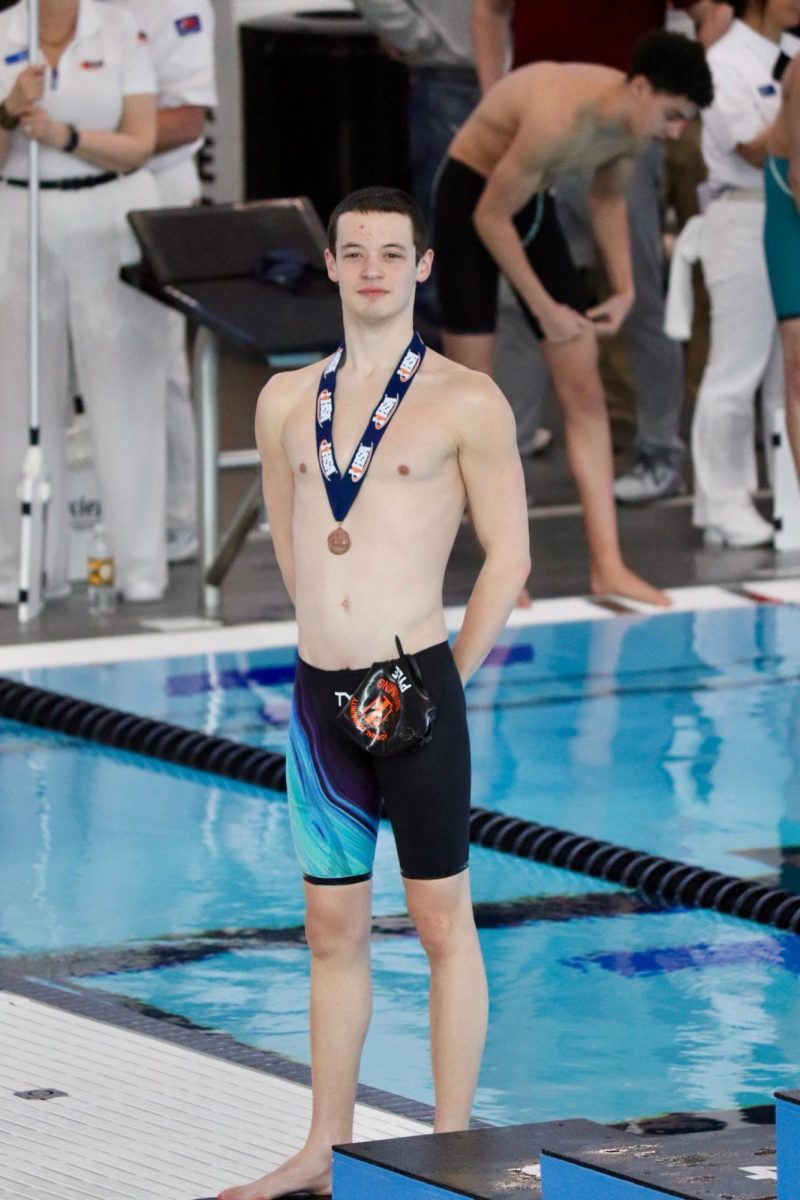

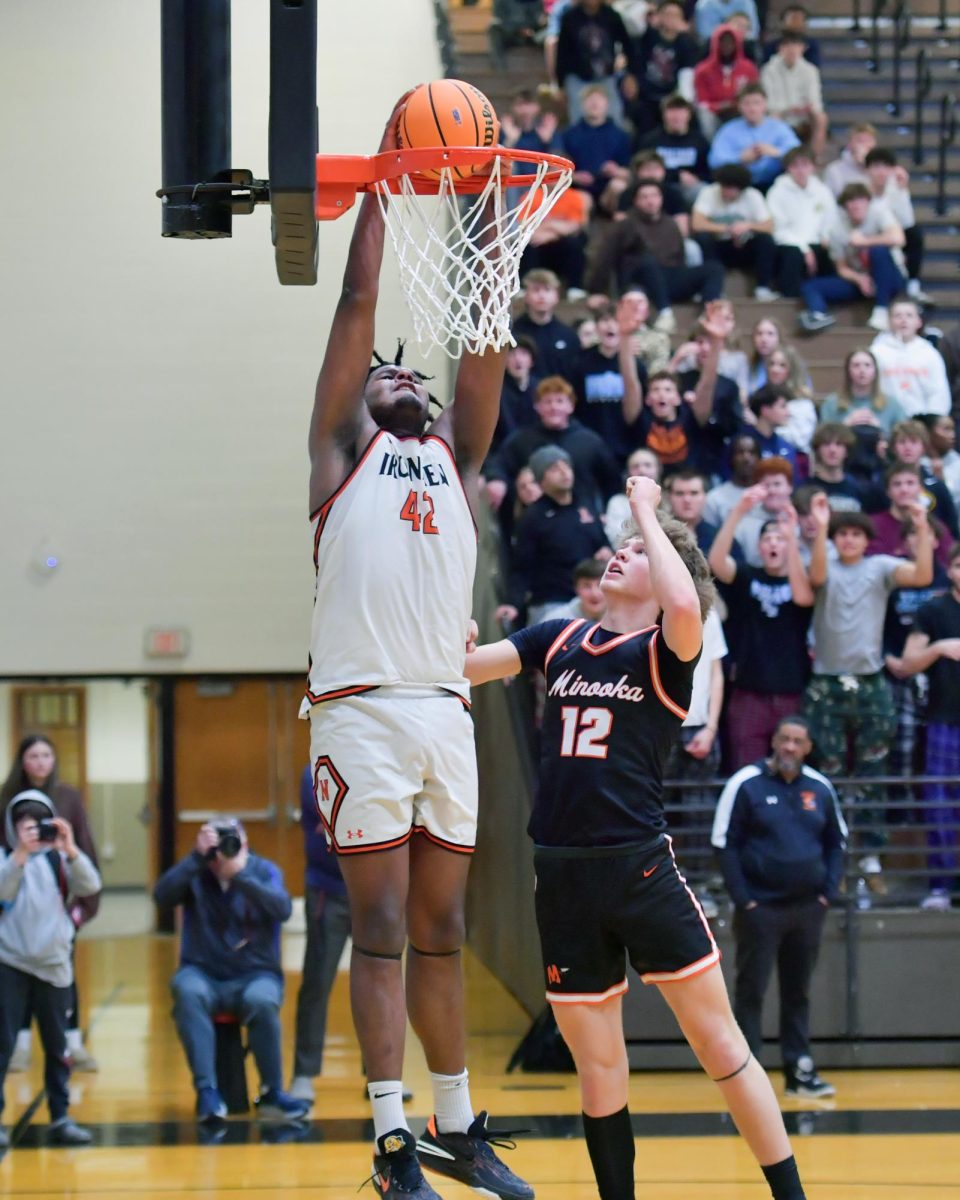
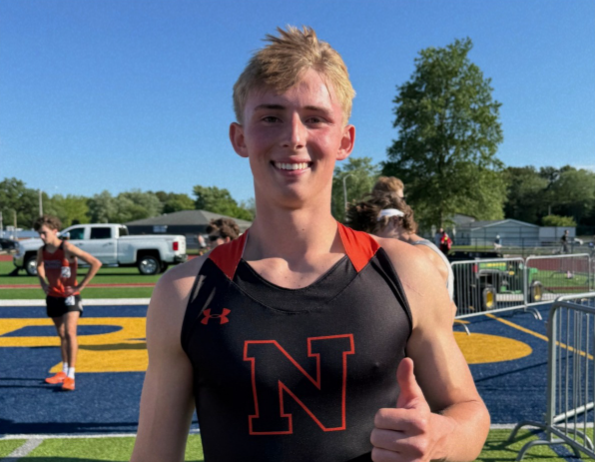
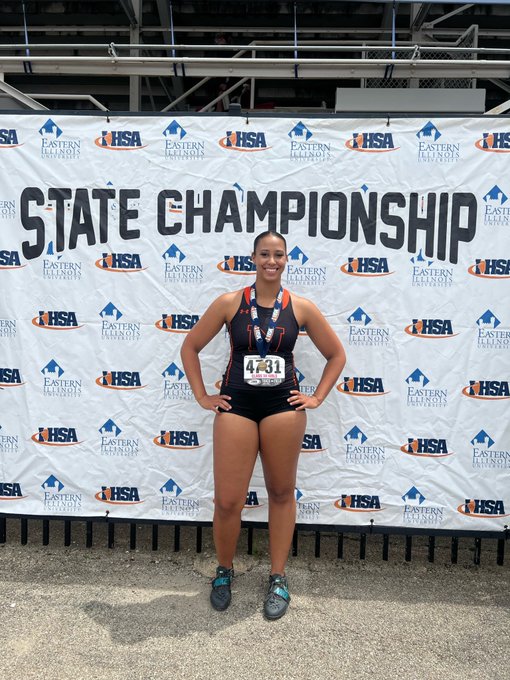
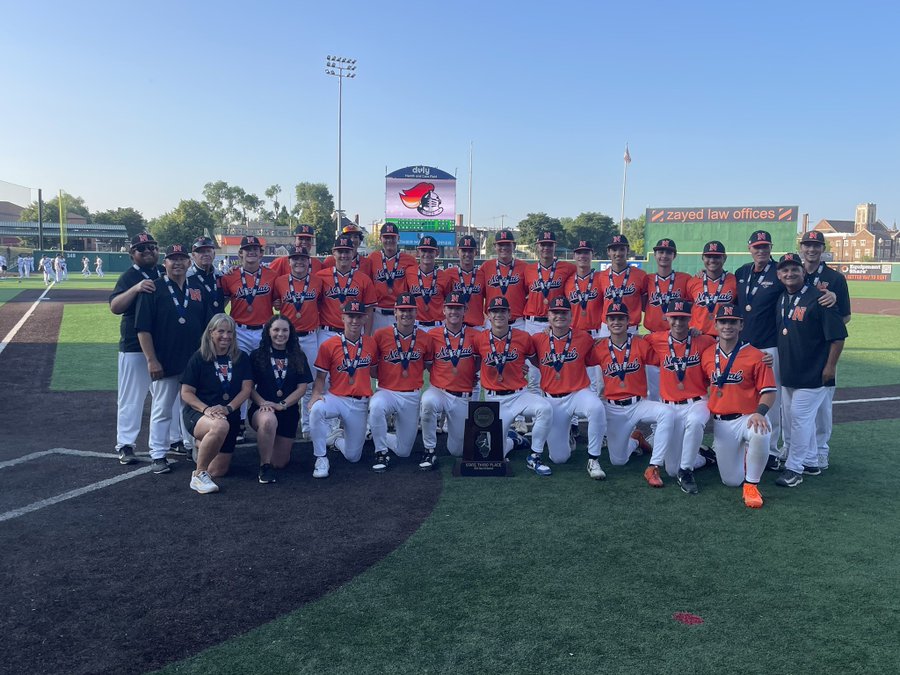

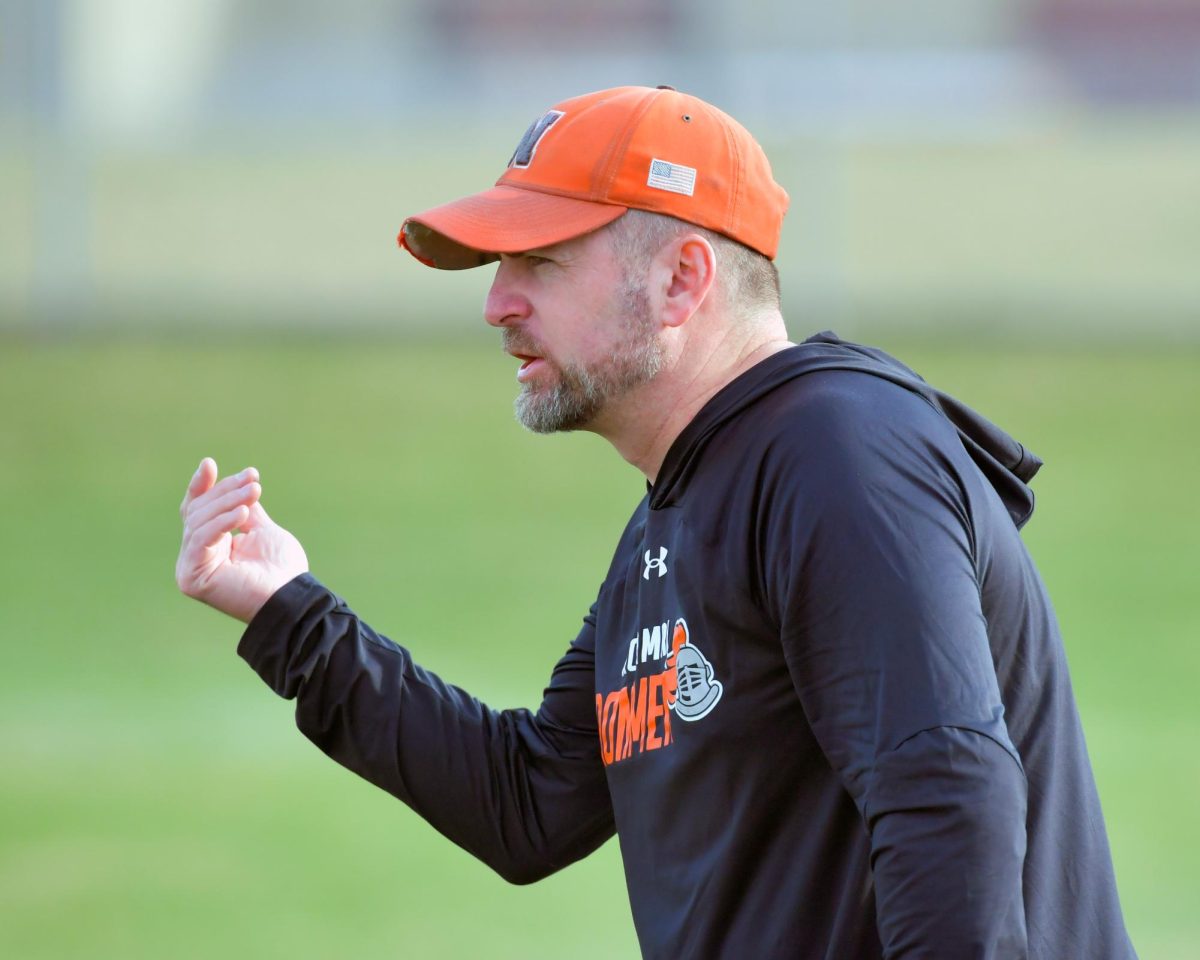

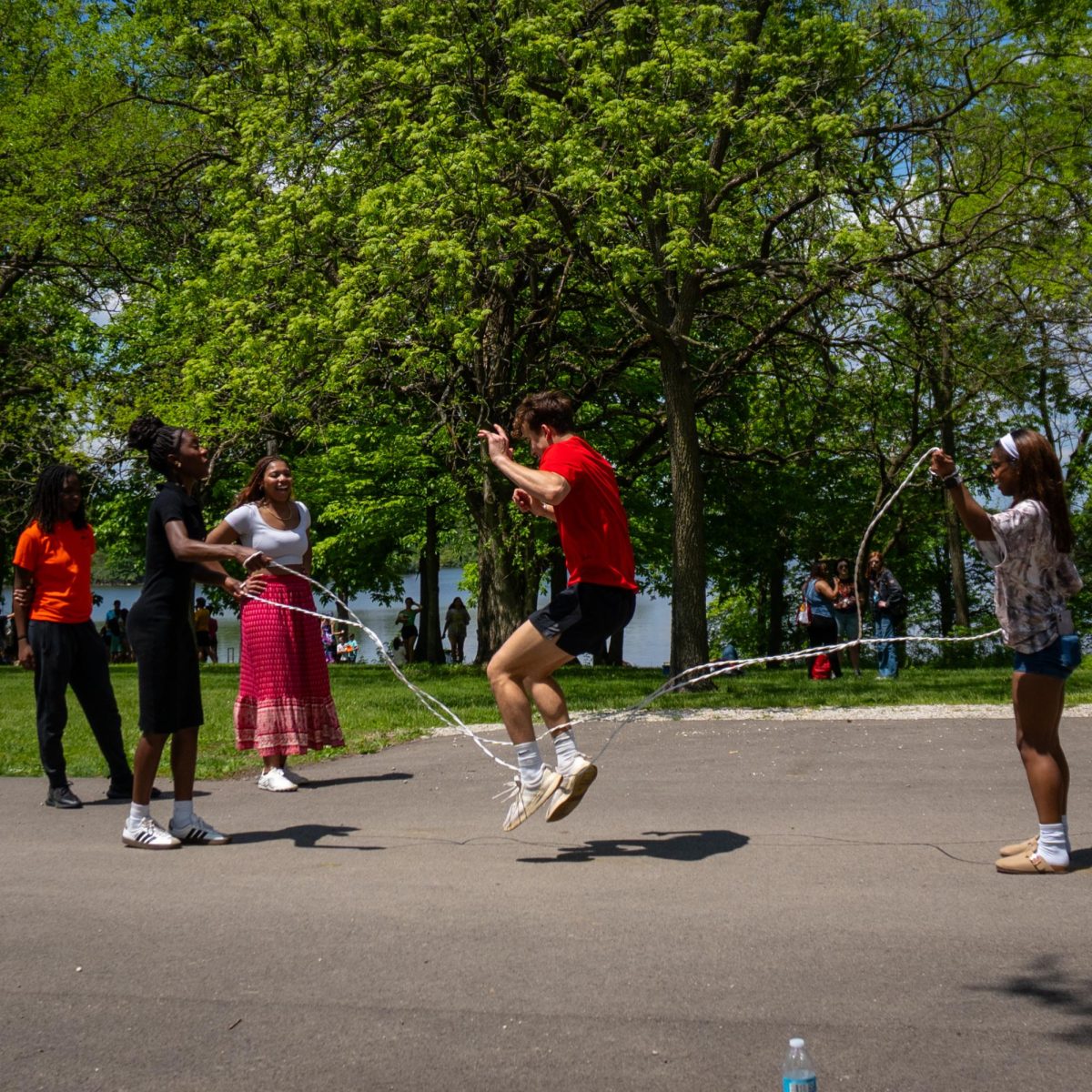
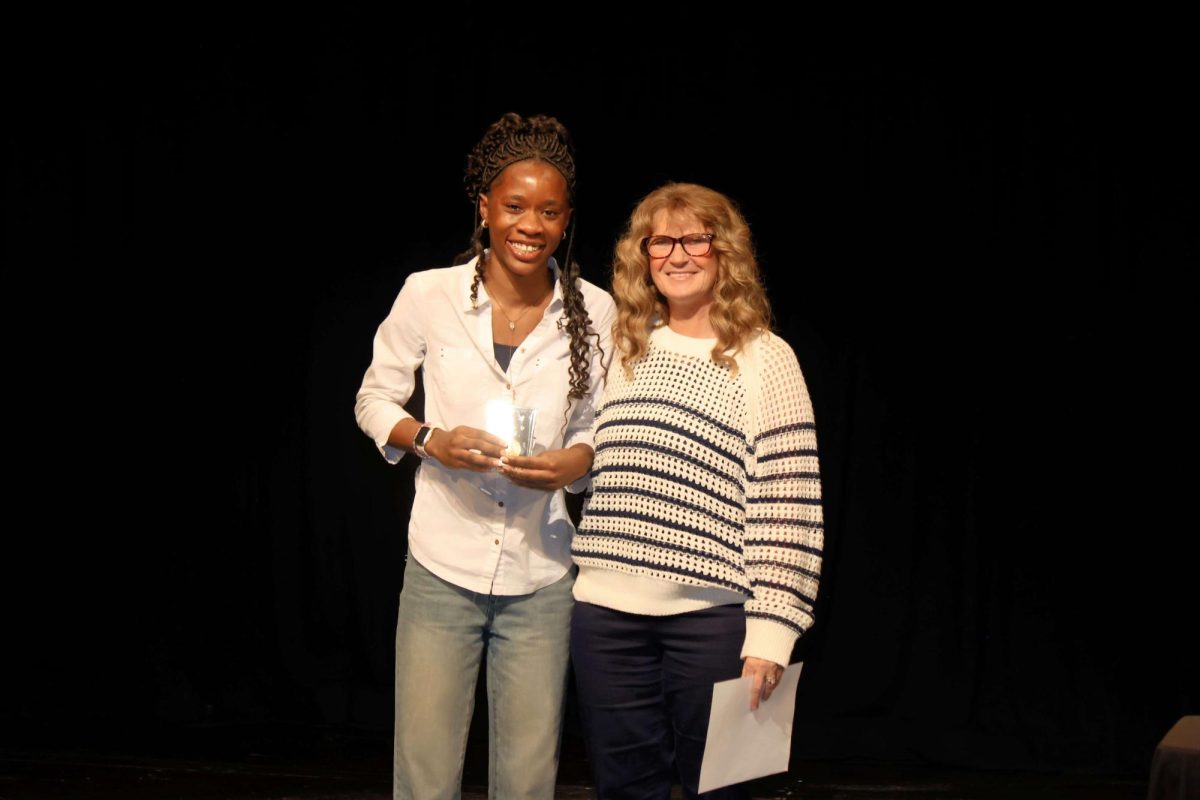

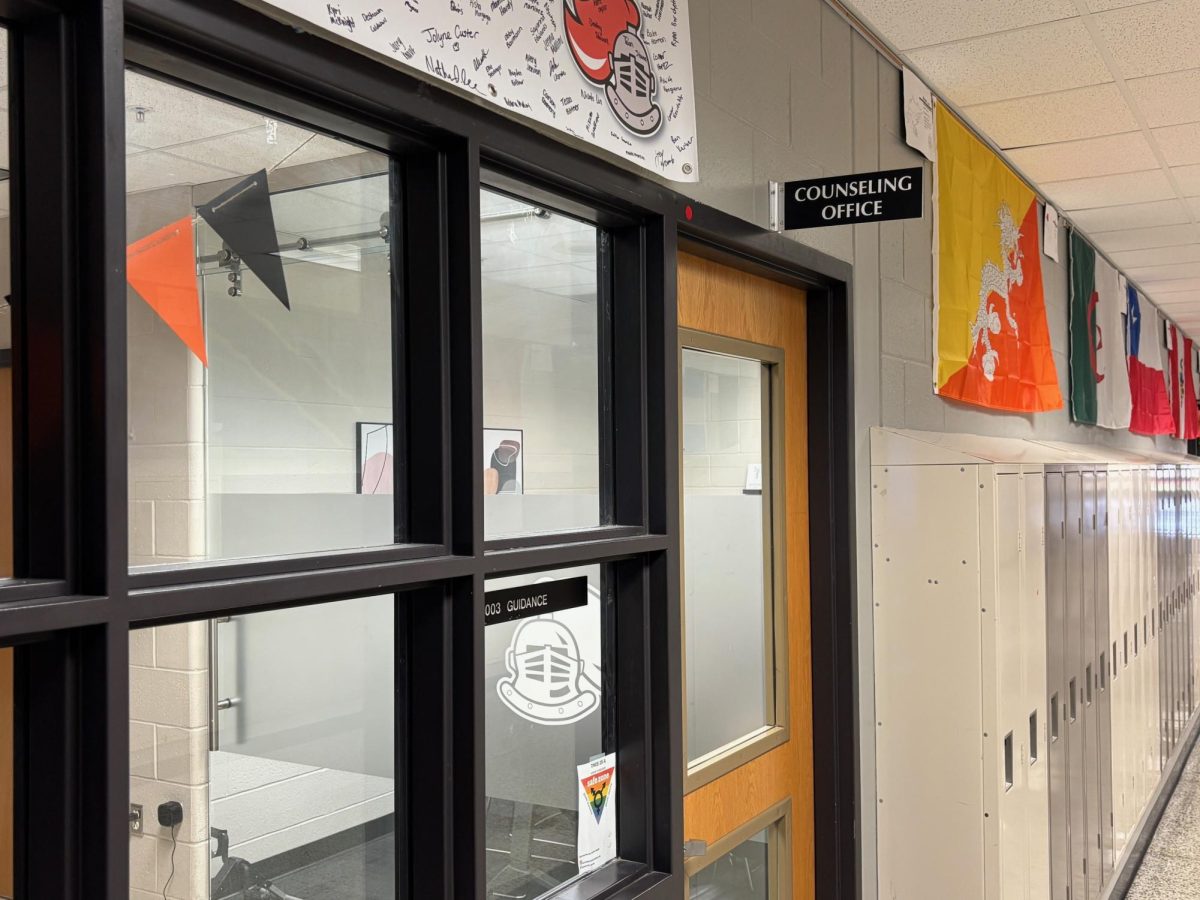
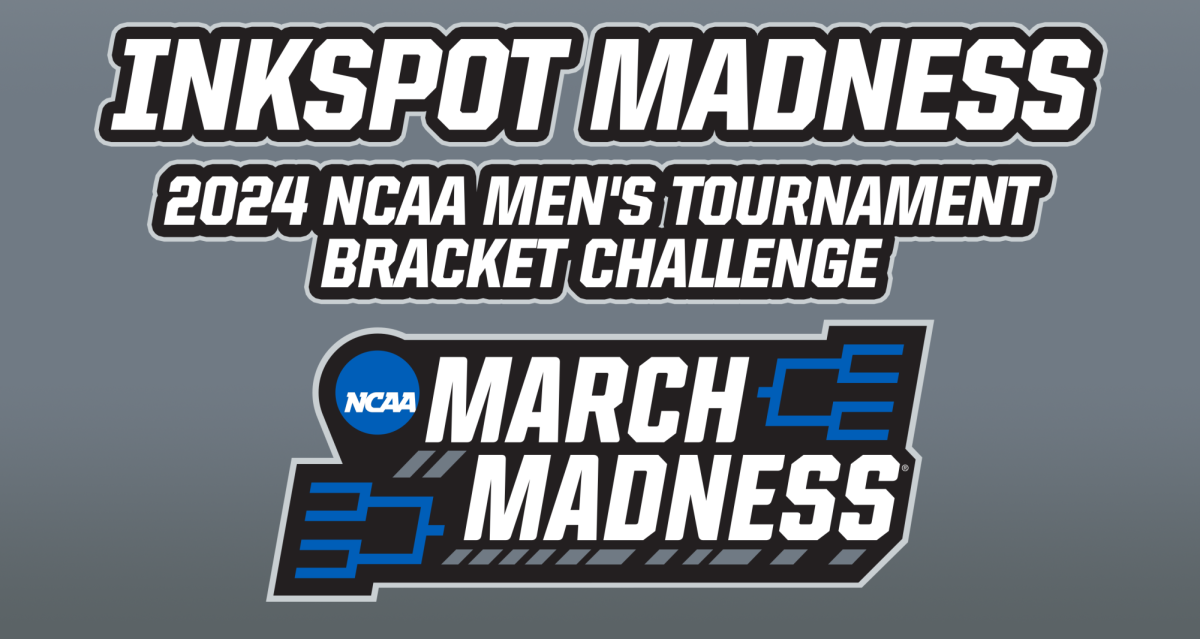
![Halloween candy cross section quiz [quiz]](https://nchsinkspot.com/wp-content/uploads/2022/10/Candy-cover-big-900x675.png)
![Average Jonah? [quiz]](https://nchsinkspot.com/wp-content/uploads/2022/05/average-jonah-900x600.png)


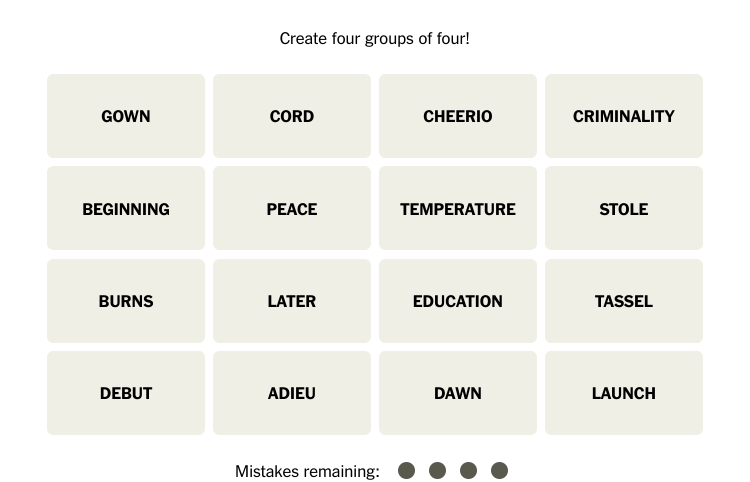
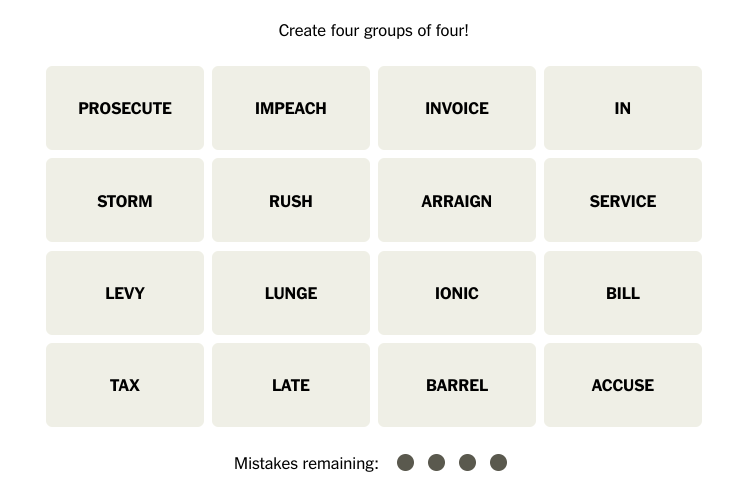
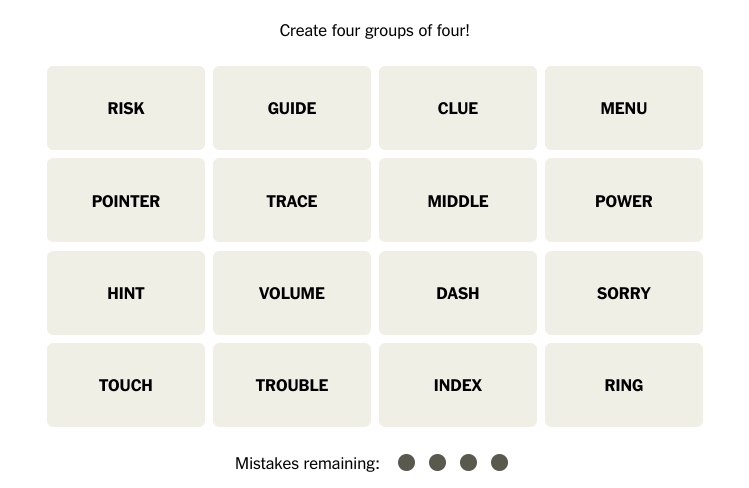
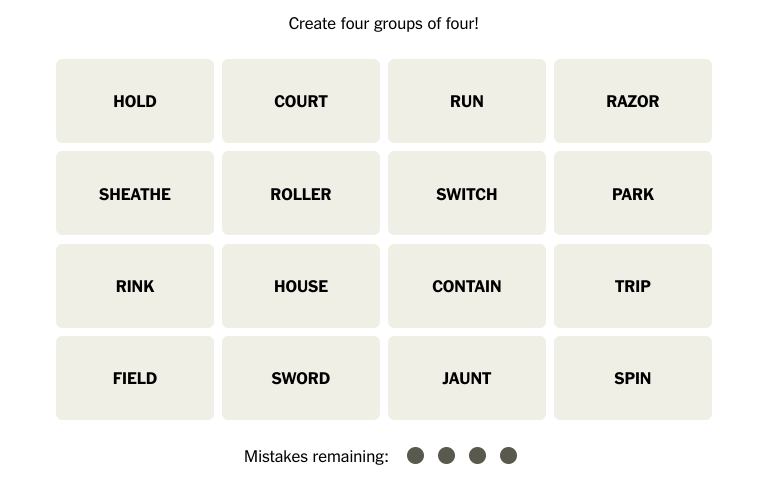

![[Photo Illustration]](https://nchsinkspot.com/wp-content/uploads/2025/09/trigger-words.png)

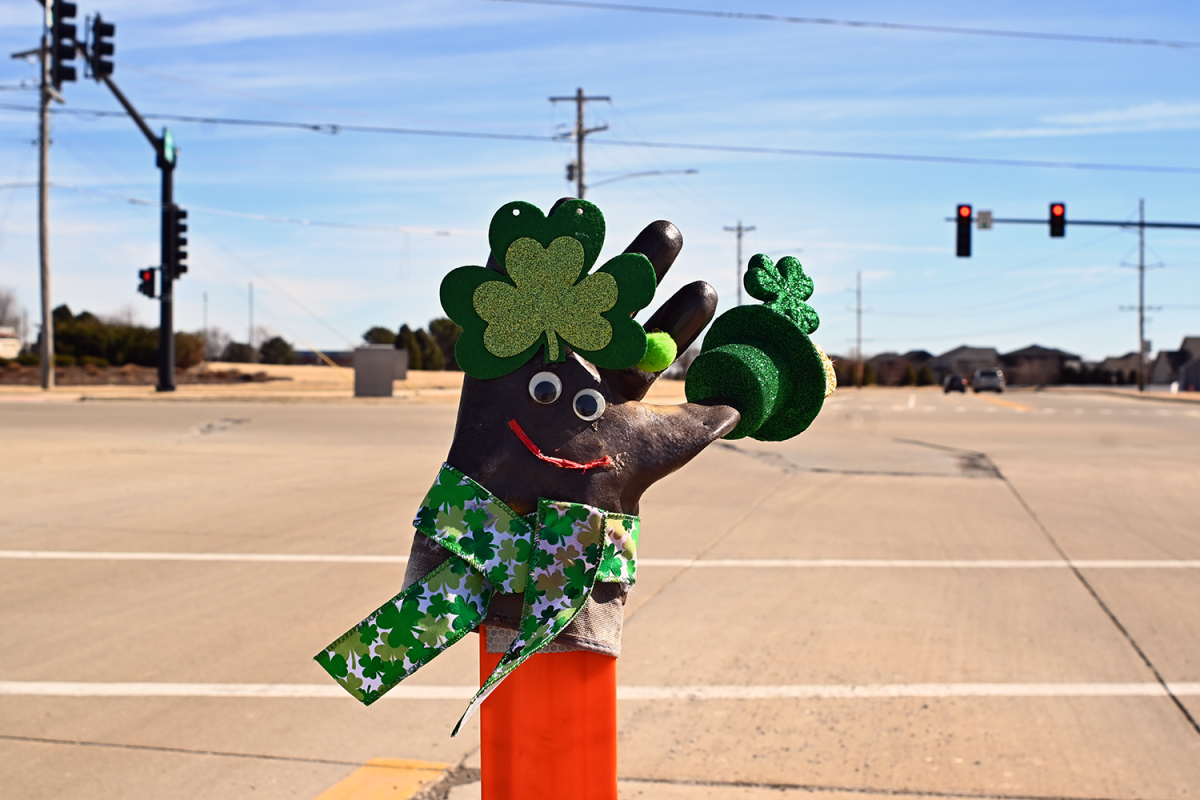








![Week 5: Coach Drengwitz previews the Ironmen’s matchup vs. Peoria Manual, recaps Week 4 [video]](https://nchsinkspot.com/wp-content/uploads/2025/09/Week-5-v-Rams-1200x675.png)

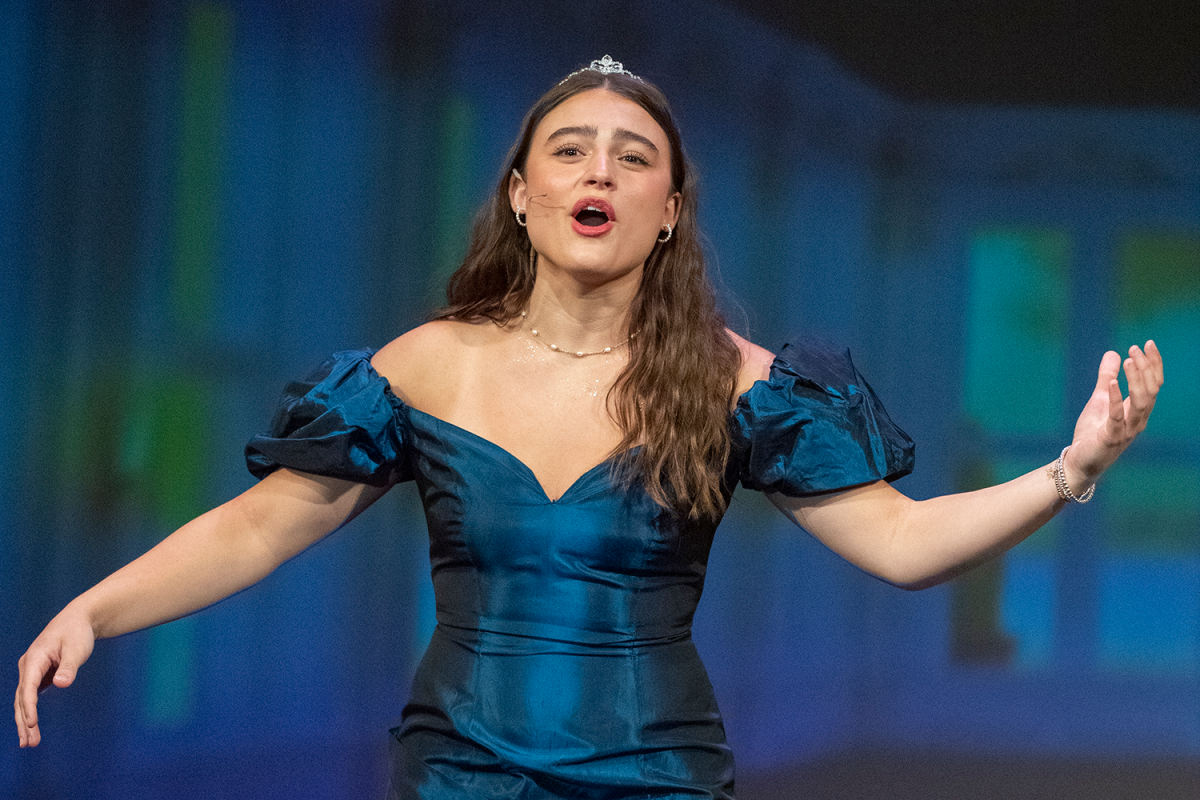


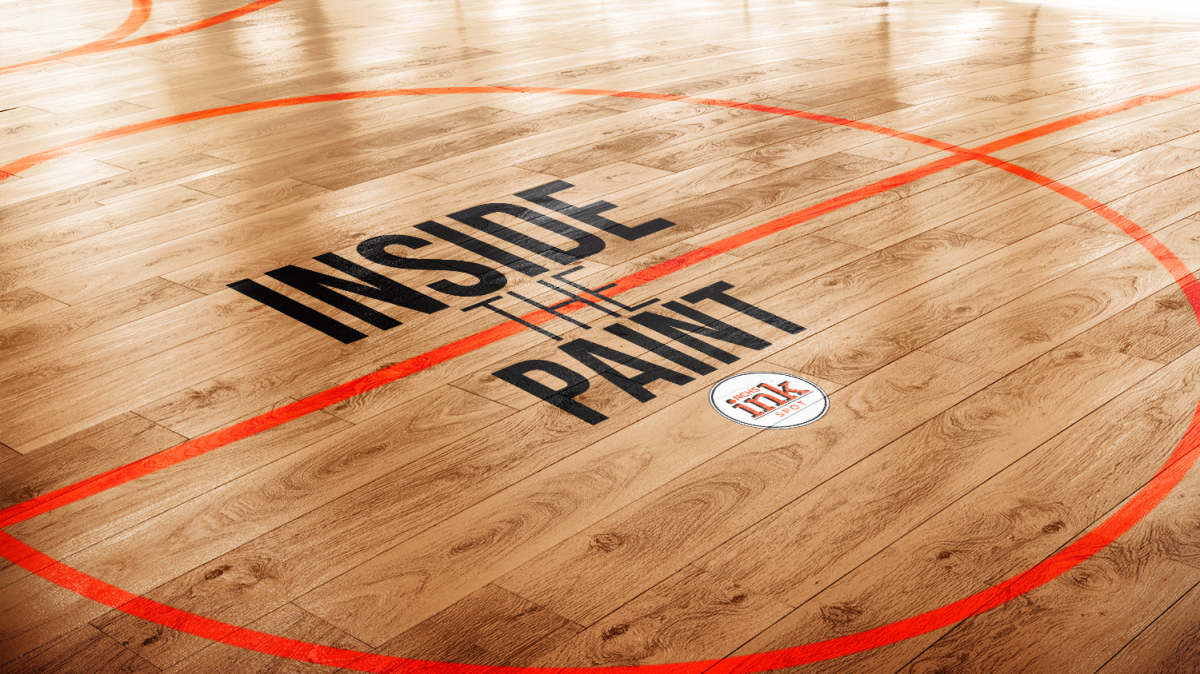
![Postgame reaction: Coach Drengwitz on Community’s 28-17 Loss to Kankakee [video]](https://nchsinkspot.com/wp-content/uploads/2025/09/Week-4-postgame--1200x675.png)
![Week 4: Coach Drengwitz previews the Ironmen’s matchup vs. Kankakee [video]](https://nchsinkspot.com/wp-content/uploads/2025/09/Ironmen-v-Kankakee-video-1200x1200.png)
![On the Spot: This or That – Halloween [video]](https://nchsinkspot.com/wp-content/uploads/2024/10/tot-Halloween-YT-1200x675.png)
![On the Spot: This or That – Fall favorites [video]](https://nchsinkspot.com/wp-content/uploads/2024/10/ots-fall-web-1200x800.png)
![On the Spot – Teachers tested on 2023’s hottest words [video]](https://nchsinkspot.com/wp-content/uploads/2024/01/On-the-Spot-Teachers-tested-1200x675.png)


